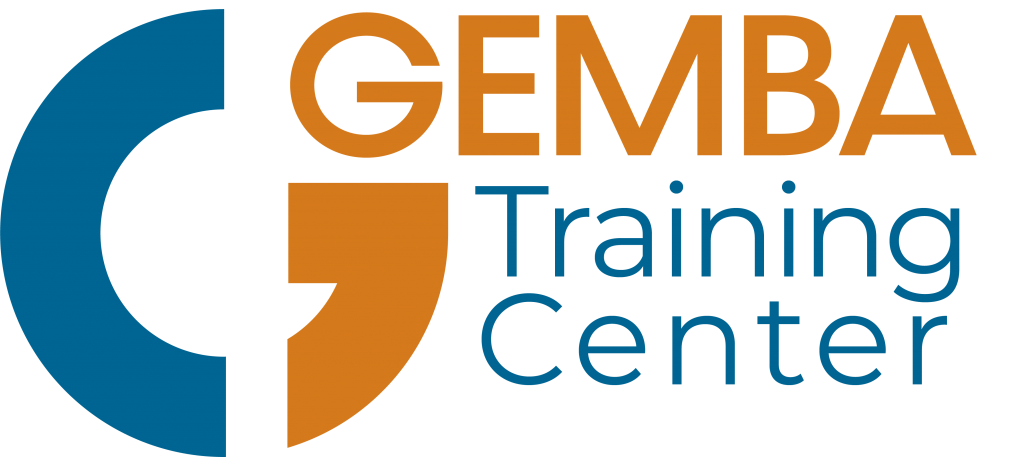Operational Excellence embodies an all-encompassing management approach that empowers enterprises to efficiently harness their workforce, processes, and technology, driving sustained achievements. It cultivates leadership across all tiers, fortifies decision-making frameworks, and augments efficiency. Organizations embracing this ethos streamline operations, eradicate inefficiencies, embrace ongoing enhancements, and deliver customer-centered quality services and products.
Operational excellence not only differentiates businesses but also confers a competitive advantage by swiftly adapting to evolving circumstances, shaping the business landscape

